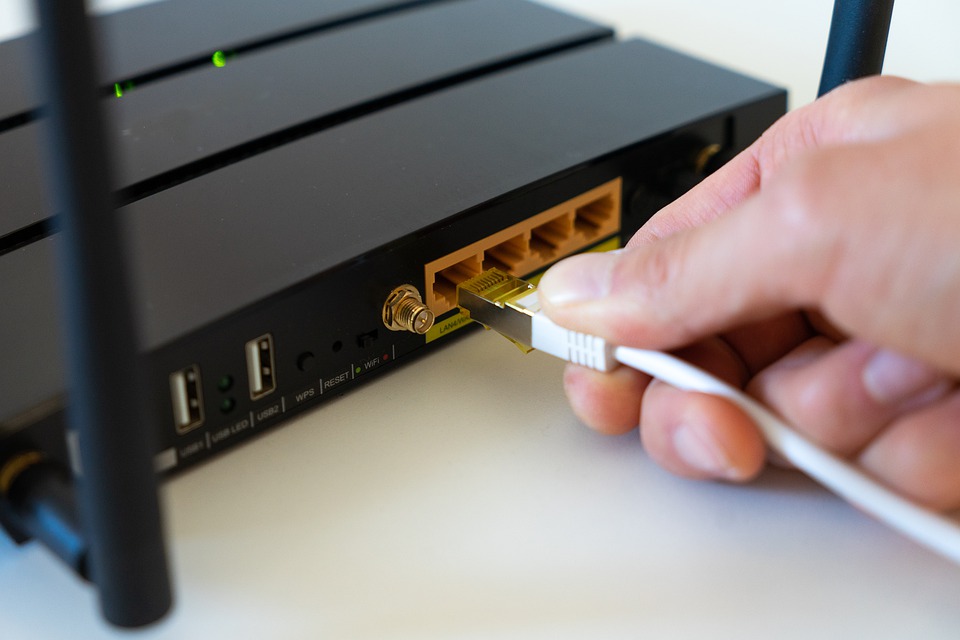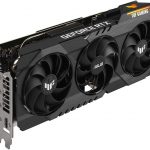A WAN port, or Wide Area Network Port, is a physical connection that provides network access for devices outside of the local area. This can be done through wired connections like DSL or Cable Modems and Wireless connections like ADSL, 3G/4G Mobile Broadband, and Satellite connections.
The device connected to this port will have a private IP address that cannot be accessed by other networks which are not directly connected through an internet service provider (ISP).

A WAN port allows you to connect your home network with the ISP’s network in order to access the internet. For example, if you use DSL as your Internet Service Provider then you would need to plug your computer into one of these ports on your modem.
You may also want to connect other devices like your game console or home entertainment system to your network so that you can stream media or play games online. If you own a house, then the WAN ports on your router may allow you to configure custom rules for how each device is connected.
Some routers also come with 4-16 LAN ports which are used to provide local networks within your home. These ports will typically be numbered 1-4 however some routers may use letters instead like A and B.
To make it easier to differentiate between the different types of ports, the number is almost always printed on them (except if they are proprietary ports). You can easily connect any device with an Ethernet connection to these without needing any additional cables since most modern devices already have an Ethernet port if they need to access the internet or an intranet.
The main advantage of using a WAN port with your device is that it provides a wired and fast connection which is usually more reliable than wireless connections. This can be very useful for applications where you require hardware with high bandwidth like sharing large files or streaming media.
You also won’t risk slowing down other devices on your network as there are no compatibility issues or interference from other signals. A LAN port, on the other hand, will typically only provide speeds of up to 1Gbps whereas WAN ports may be 10 times faster depending on whether you have DSL, Cable, Satellite, or Fiber installed at home.
In order to connect to any networks outside of your house then you will need to contact your internet service provider (ISP) to install the relevant equipment for this. Once everything has been set up then you should be able to access the internet or any other external network easily through your router.
There are often routers that provide both WAN and LAN ports on them, however, they can also come with just one of these ports which leaves you unable to connect wirelessly.
If you require wireless connectivity then it may be necessary to purchase an additional device like a Wireless Access Point (WAP) separately in order to gain wireless access.
You might even want more than one so that you can extend the signal but this depends on how large your home is and what sort of coverage you require inside of it.
It is also possible to share the WAN bandwidth across all of your devices so that you can avoid purchasing multiple internet connections. For example, if you only have one ADSL port available then it means that you can’t connect more than one device wirelessly or through an Ethernet Cable at a time.
If you want to be able to connect two or three devices simultaneously then you will need either another DSL connection or wireless connectivity provided by something like a Wireless Access Point (WAP).





